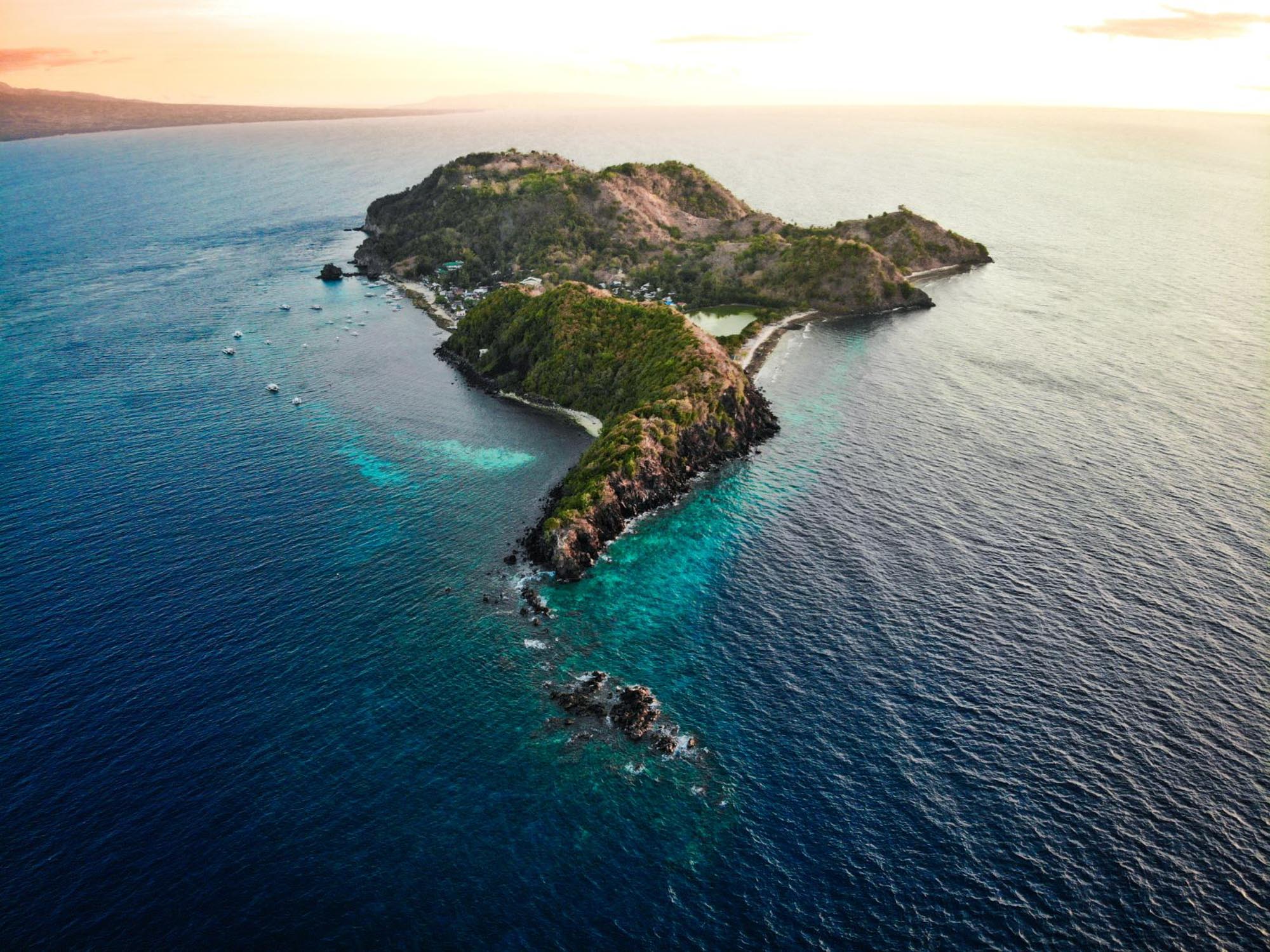Papua New Guinea . . . the name conjures up visions of an infinitely remote, mysterious & untamed island, imbued with a history of ancient & primitive tribal customs that lasted well into the modern era ….. Before I even thought about diving in Papua, I was attracted by its wild & alluring reputation. I wanted to experience its wonders & bask in its mystery. I was aching for this remote journey and was blown away on my first trip …. surrounded by the natural beauty of the land and the unparalled glory of the marine world.
The corals truly are as pristine & vibrant as the photos you’ve seen; and there really are sites with such a plenitude of pelagics that it makes your blood boil to swim amongst them; then again, there honestly are countless sites which provide macro photography opportunities that simply cannot be described …. creeping, crawling, floating critters beyond all imagination.




































